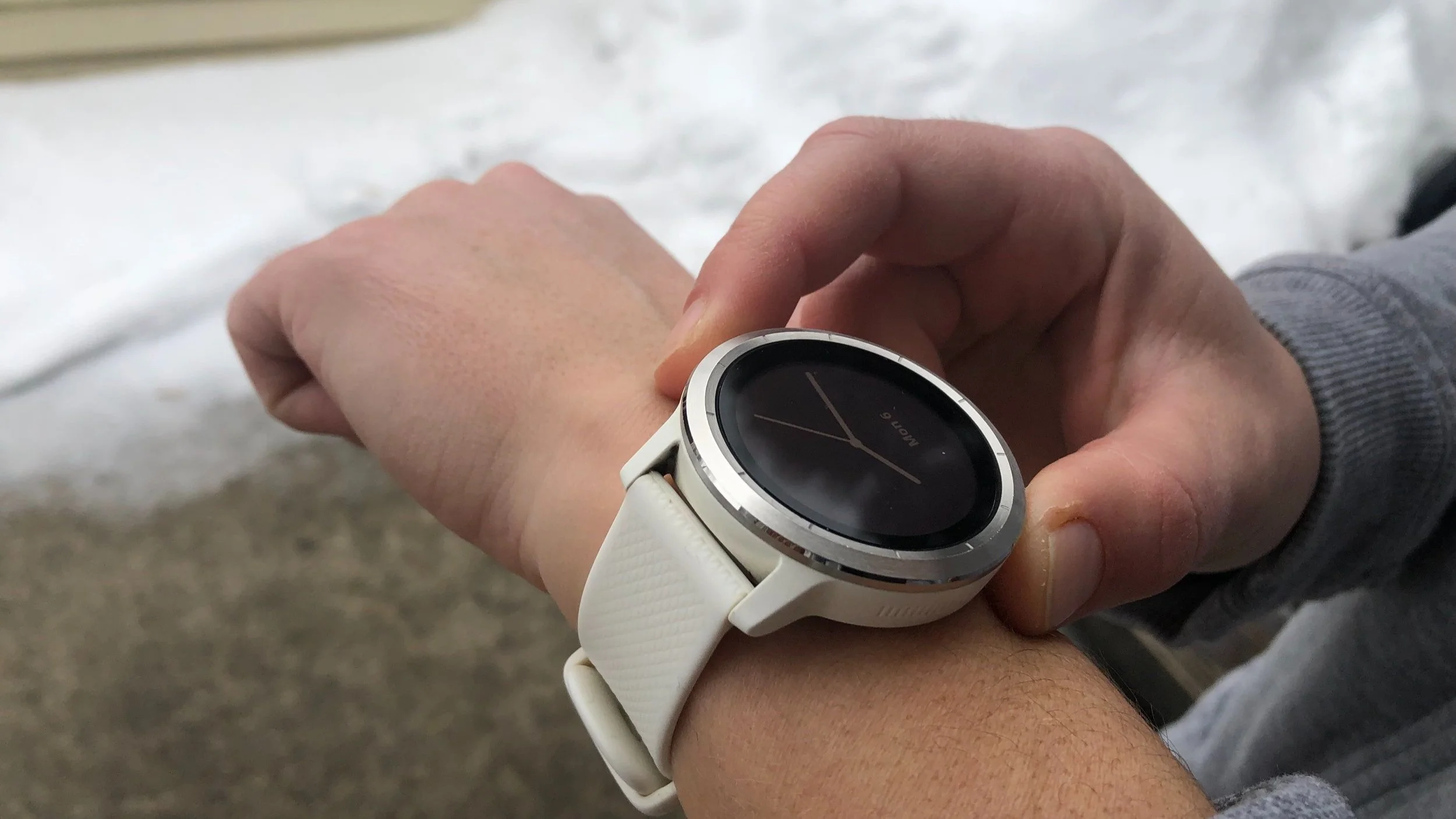The Physical + The Apocryphal
Within the physical training and fitness industry — information and exercise selections are rarely new. Instead, consumers and exercise practitioners interpret re-imagined, re-branded and re-told bits of information. Yet, the modes presented may not mean that a participant can adopt them to create sustainable change in their lifestyle or exercise practice.
Low fat and high carbohydrate diets of the 90’s changed in the 2000s, instead healthy eating options trend towards the adoption of high fat and protein rich foods. While the “slow food” movement has started to integrate into our collective dining and eating experiences, generally — fitness remains in the fast lane.
Often times, participants are eager to utilize quick fixes to health and wellness issues. Yet, complex situations like pain, weight loss or gain, require patience, practice and continuous engagement of the body and mind.
In fitness, it seems that if it isn’t intense — such as with the current trend of HIIT training, it not worth it. However, as Dr. Perry Nicholson states, and we recite in the studio “speed hides need” and Lauryn likes to add that “going slow, will get you there faster.”
On our trip to Europe in the fall, I asked Lauryn to film me walking bare foot in the sand. One of the cues we share in the studio is to walk without kicking up sand, or letting your foot sink. To increase efficiency, or decrease heel/foot pain. Go slow, and like camping in the wilderness — leave no trace.
Writing this type of blog post, is a challenging pursuit. I know that I cannot just state our adopted beliefs and habits as objectively true. So I ask, rather than yes, or no — right or wrong, please continue to read the following blog critically, and reflect upon the information widely circulated as truth, but perhaps it is just more mumbo-jumbo of the mainstream media.
No pain, no gain!
Under the bright lights on a nighttime ski run, we watched Lindsey Vonn flash by each gate. I am aware that for high performance, and incredible feats of strength and gumption, yes, you better prepare your body for the most extreme situations. However, knowing the difference between the cramp monster attacking your quads and a pinch that may create longer lasting pain is essential. Also, what are you training for? To be the first down the hill, or the last person standing? Practice skills for longevity — replace pain with the pleasure of simple movements.
Little bits go along way, and pain is an early warning system. Look, listen and feel — before, during and after — enjoy your lifestyle and mitigate pain with movement and stop abusive pursuits on the joints and muscles of your body.
There isn’t enough time to exercise…
The Canadian Heart and Stroke foundation suggests, you don’t have to do it all at once. Breaking activity up into chunks throughout the day is just as beneficial. You can even do exercise snacks which are small bursts of activity that can last anywhere between 30 seconds to two minutes.
Your fitness tracker probably has a default setting of 10 000 steps. But, where does this number come from?
In 1965, a Japanese company made a device named Manpo-kei, which translates to “10,000 steps meter.” After preliminary background research, Dr. I-Min Lee, a professor of medicine at Harvard Medical School, states that “The name was a marketing tool,” Yet, the figure has become so ingrained in our consciousness and analytical approach to our health and wellness.
Further research into the 10,000 step, Lee examined 16,741 women ages 62 to 101 (average age 72). Between 2011 and 2015, all participants wore tracking devices called accelerometers during waking hours. The central question was: are increased steps associated with fewer deaths?
While addressing some limitations to the study, results demonstrated that if mortality — death — is your major concern, users can reap benefits from 7,500 steps a day. That’s 25% fewer steps than the more common goal of 10,000 steps.
So, in this case, and other training pursuits remember that, doing less may give you back more. Build up your step counts to help the walk or ski-ability on your next trip, exceed 10 000 for fitness or for fun, but remember form first.
Other myths to debunk the next time…
TMB, too many birthdays and getting old. “You are only as old as you want to feel”
I need to stretch my tight muscles. Or, try adding strength for resilience.
Walking is too easy to make a difference. If so, just walk faster!
Exercise equipment + facility paradigm. Invest in information, not strength and fitness stuff.
As always, thanks for reading. Follow along on YouTube for three live workouts a week, visit us in studio and may you enjoy the benefits of a basic approach to building a better wellness routine with Barres and Bells.


